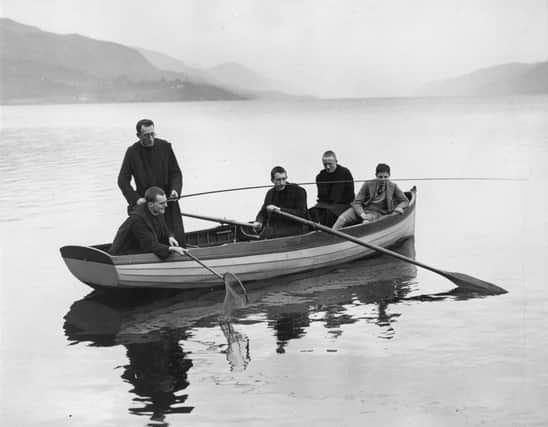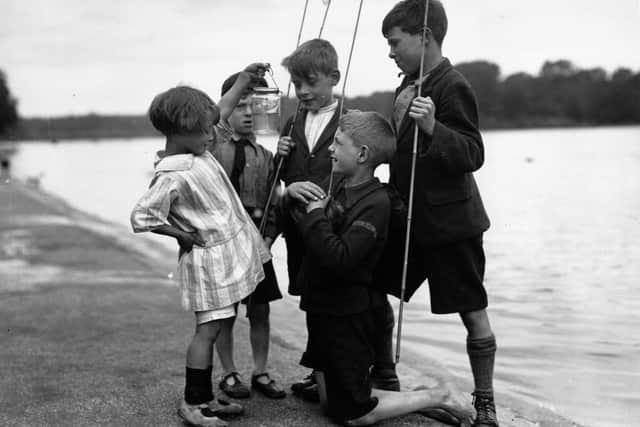Nostalgia: Angling for Yorkshire’s ‘stolen fortnight’


The watershed date in its modern history was 1878, when anglers in Sheffield – of whom there were many thousands – petitioned one of the city’s MPs, the manufacturer AJ Mundella, to persuade parliament to introduce a close season for coarse fish, which would protect their numbers.
The Mundella Act provided the foundations for the fishing calendar that endures today, with the three months from March 15 off limits.
Advertisement
Hide AdAdvertisement
Hide AdThe exact dates were the subject of a bitter dispute between the Sheffield contingent and their London counterparts – and for some time after the turn of the last century, a north-south divide opened up a loophole known as “Yorkshire’s stolen fortnight” which allowed Northern anglers to resume coarse fishing on June 1.


Today, an around 2.3m anglers regularly go coarse fishing.
Support The Yorkshire Post and become a subscriber today. Your subscription will help us to continue to bring quality news to the people of Yorkshire. In return, you’ll see fewer ads on site, get free access to our app and receive exclusive members-only offers. Click here to subscribe.
Comment Guidelines
National World encourages reader discussion on our stories. User feedback, insights and back-and-forth exchanges add a rich layer of context to reporting. Please review our Community Guidelines before commenting.